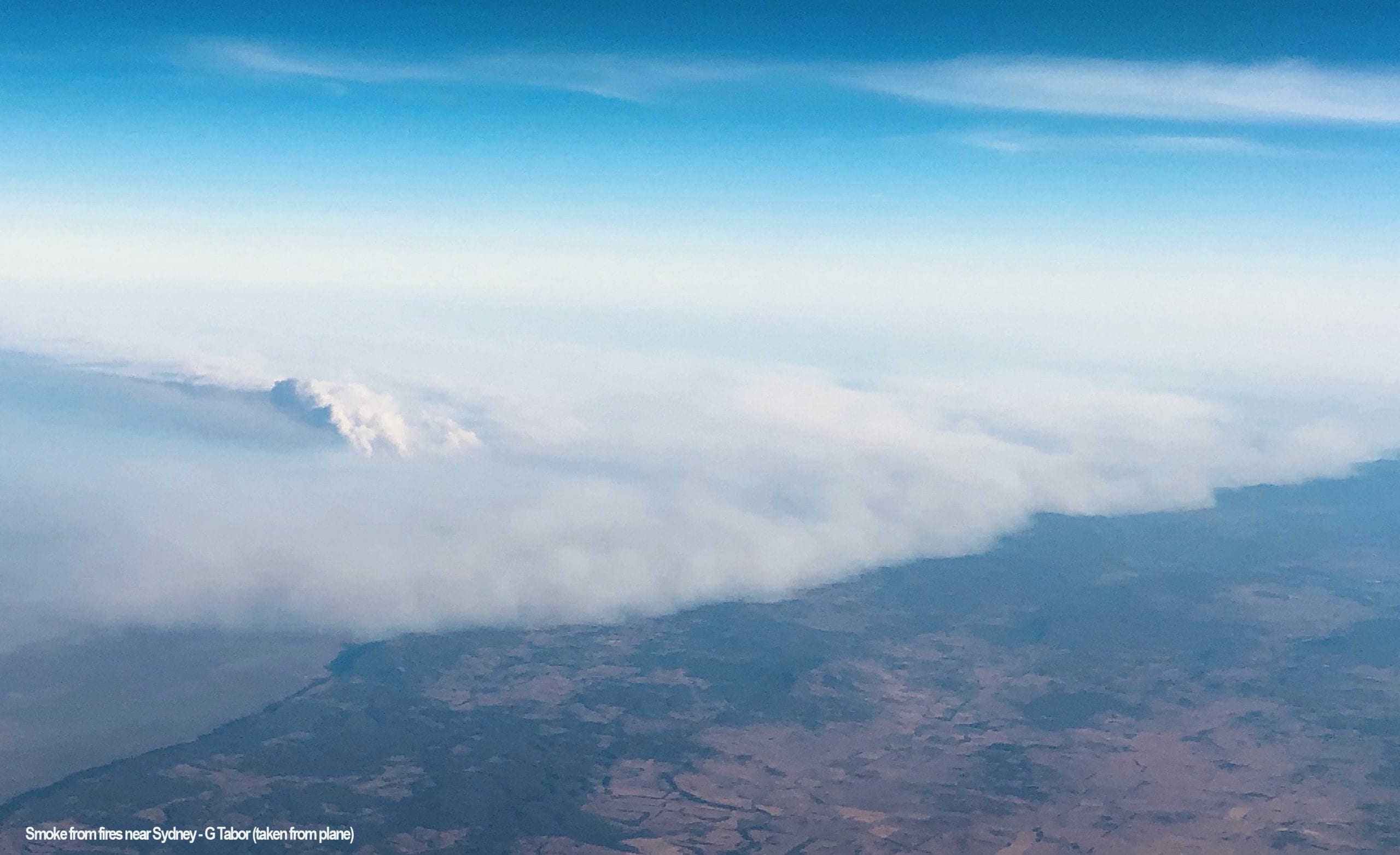
Jan 29, 2020 Support for Australian People, Animals and Environment
Posted at 13:17h
The New York Times (19 January 2020) reported that Australia has shifted from being a donor country to a charitable recipient nation in the face of its current wildfire emergency. To make matters even worse, the wholesale burning of Australia’s landscapes has set the country up for massive post-fire dust storms, record flooding levels as burned, denuded soils can no longer absorb moisture and recent devastating hailstorms. People, Places, and Platypuses have all succumbed to a nightmarish experience. In Tinbinbilla Nature Reserve near Canberra, there is currently an operation to remove all the platypuses and wombats from the reserve to minimize possible wildfire mortality.
I wish I could report this tragedy in more remote and objective ways, but anyone with friends or family in Australia is sure to be touched directly by events. My mother-in-law and partner were trapped along with 4,000 other souls on a lone beach in Mallacoota Victoria surrounded by firestorms. Only the Australian Navy could rescue them and evacuate them off the beach. My Australian veterinary colleagues are doing volunteer stints tending to wildlife burned in the hardest-hit areas. My staff are even sewing sleeves for the innumerable marsupials whose limbs have been ravaged by fire. People have asked me what can they do and who should they support? My answer is that this is an “All Hands On Deck” moment for Australia and there are many worthy organizations that are doing the best they can.
The Australia Environmental Grantmakers Network has compiled a list of organizations and their program focus areas. I serve as US Chair of Bush Heritage Australia, the US arm of an Australia land conservation non-profit, which is focused on landscape recovery. They have partnered with WIRES and Aussie Ark in helping to provide emergency relief to impacted wildlife. Zoos Victoria is providing a great deal of veterinary response. The Great Eastern Ranges Initiative is in the process of creating a large-scale landscape regeneration plan.
In Australia’s tragedy, I think we may see a glimpse of our own potential future in this climate-changing world and we must ask ourselves…who will be there to help us.


